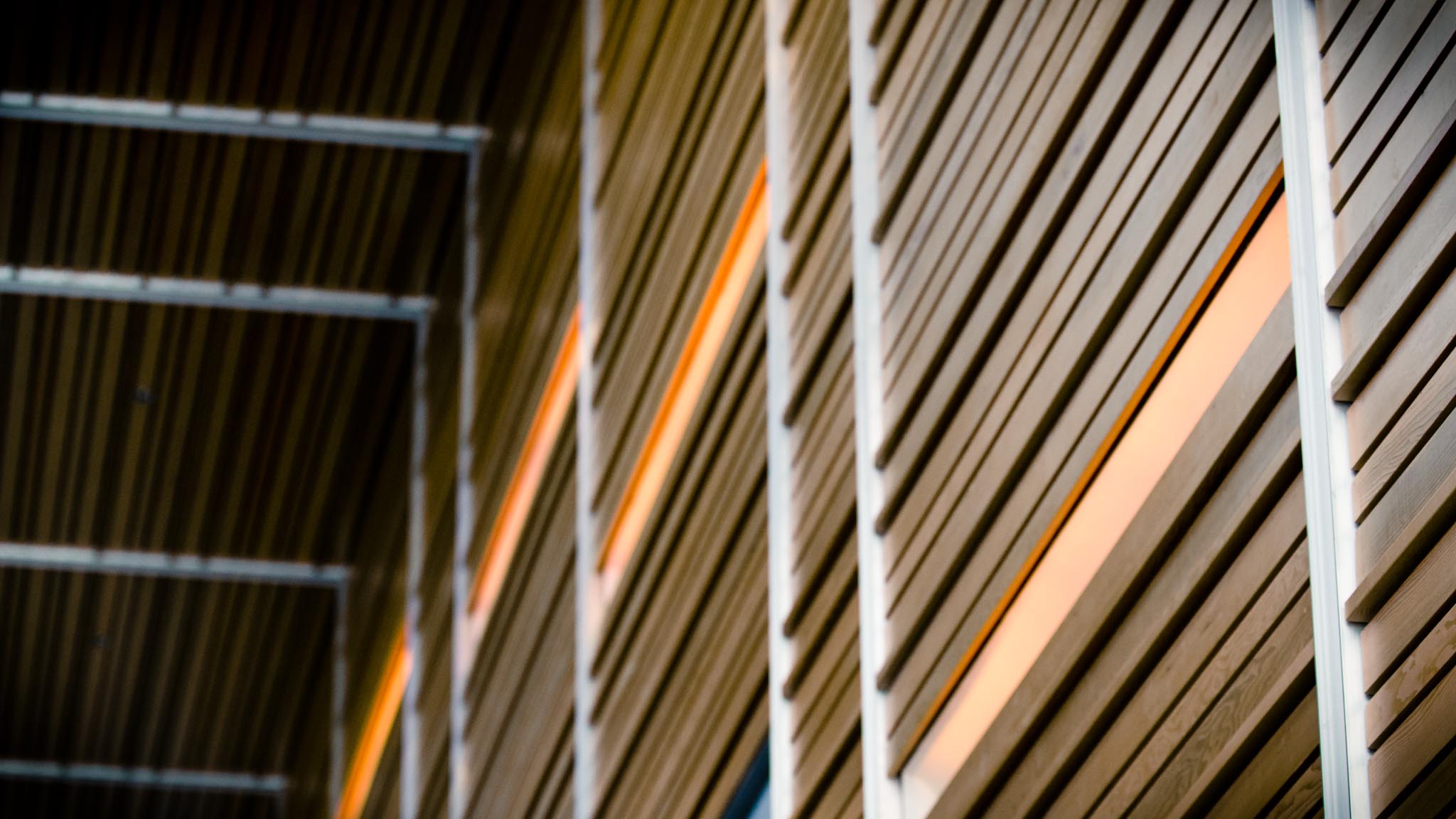Not all musical acoustics projects are big-budget concert venues, or for that matter even indoors. One of the most unique musical venues we have been involved in was an outdoor gazebo style bandstand in Maple Ridge, BC. Built in time to host the Outdoor Concert Band Competition in 1994, this venue has received rave reviews from all musical groups that have performed in it. The client was very familiar with the shortcomings of other bandstands and was hoping to develop an acoustical design that would improve the quality of performance for both musicians and audience. The client was also hoping to develop a design that could be reproduced easily so that the entire bandstand package could be sold as a commercial building kit.
Most outdoor bandstands, with the classic bell-shaped roof structure, exhibit some serious acoustical problems for the musicians such as uneven sound levels and a difficulty in hearing the balance of the individual voices and instruments. For the audience, standing around the outside of the bandstand, the problem is a lack of sound being directed out of the shell, and what sound they do hear tends to lack ensemble. Because the gazebo is open on all sides, the typical bandshell solution would not work. We needed a solution that would provide no impediment to the sight lines, would not require any setup, would be inherently vandal proof, and could be easily incorporated into the construction.
Using software previously developed, we produced a design detail for a numeric sequence acoustic diffuser based on Manfred Schroeder’s work that could be built from standard dimensional lumber to keep fabrication costs to a minimum. The sequence provided a diffuser bandwidth of 550-3550Hz. After discussing the cost implications of several possible construction details, the contractor elected to spend the additional money to build the diffuser ceiling. As an interesting note, it took five carpenters 13 days to pre-assemble the ceiling.
The diffuser ceiling was built in eight panels, with the diffuser panels oriented to direct energy both outside of the bandshell and back to the musicians from eight directions. This produced superb ensemble of the music for both the musicians and the audience, with the added benefit of having the ceiling reflection become virtually inaudible. Musicians found that they could hear each other in balance, even with loud instruments such as drums and brass, producing high sound levels. The sound levels were not as high as the musicians expected with the relatively low ceiling. Barbershop Quartets found that they had enough return from the ceiling diffusers that it gave them the sense of being in a large diffuse room with walls. The audience found that no matter where they stood, they were able to hear an ensemble of instruments.
Veteran musicians of these competitions had never experienced anything like it before. It was unanimously reported as being the best bandstand that anyone had played in. The bandstand has proven to be the best proof of the effectiveness of the diffuser in musical environments. We found we can make outdoor venues behave like a well designed indoor music venue, and provide the equivalent dramatic improvement in acoustics for the audience.




